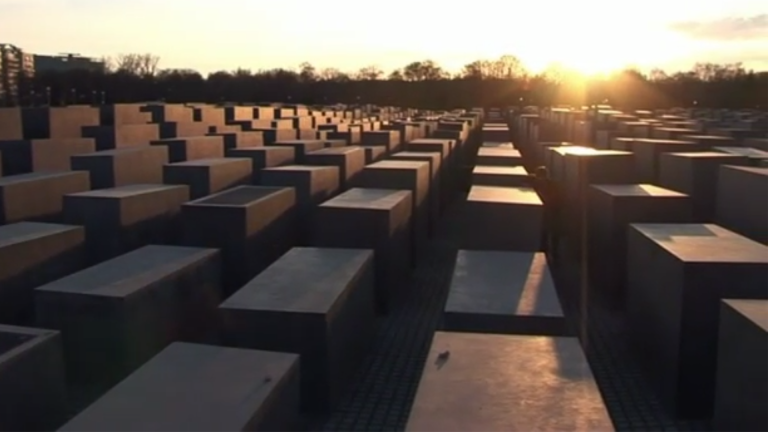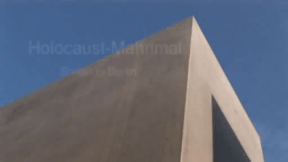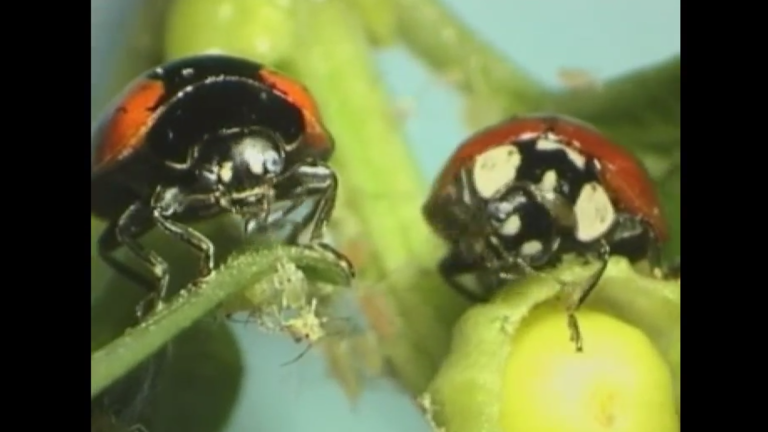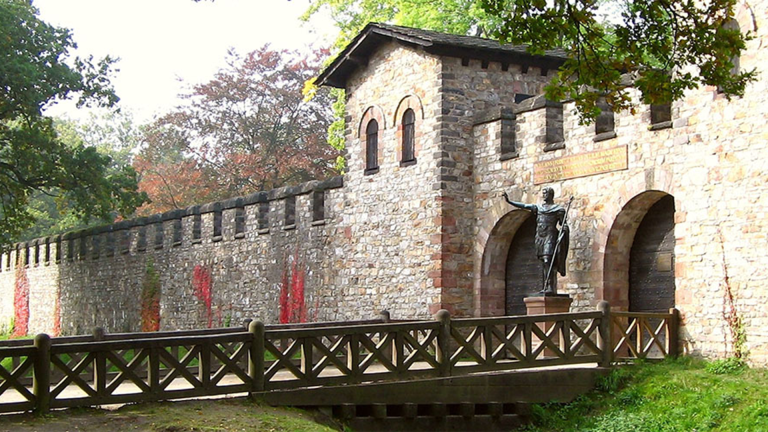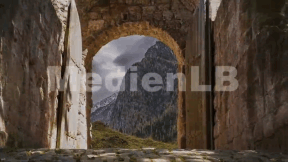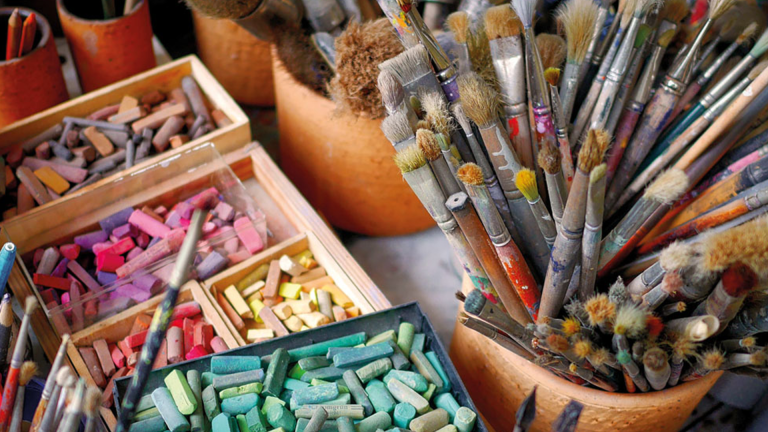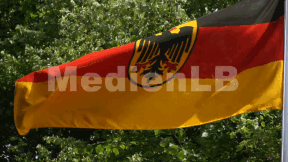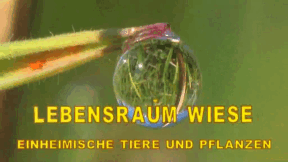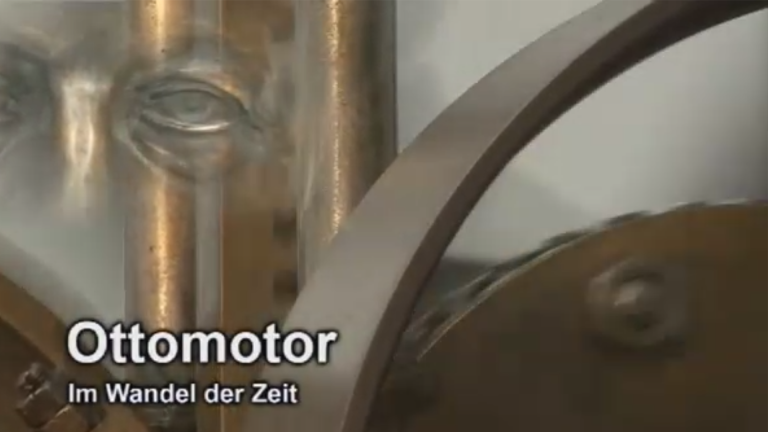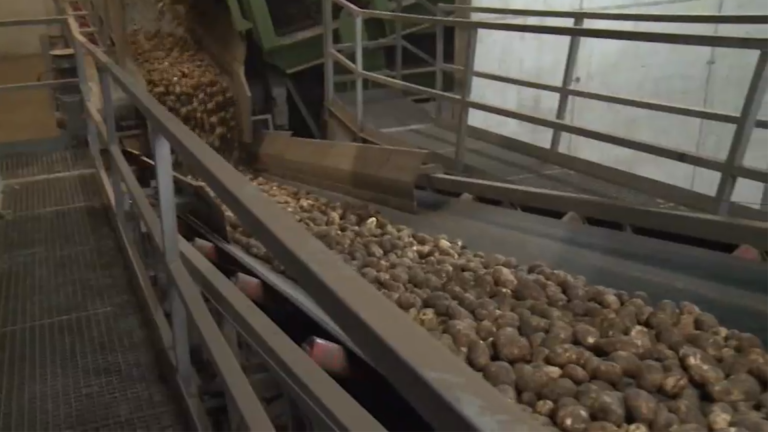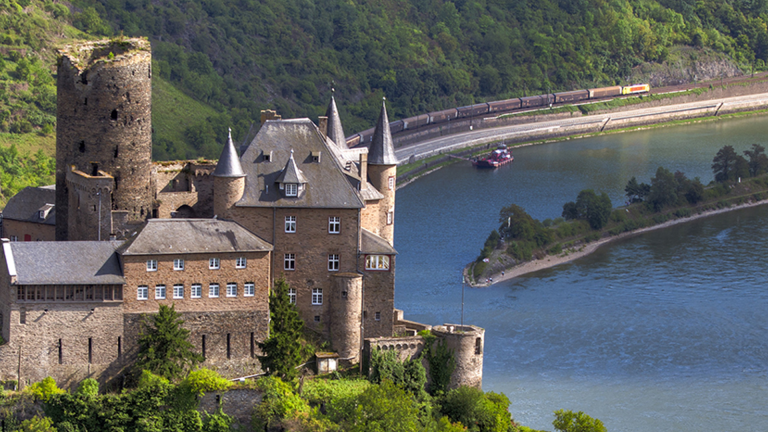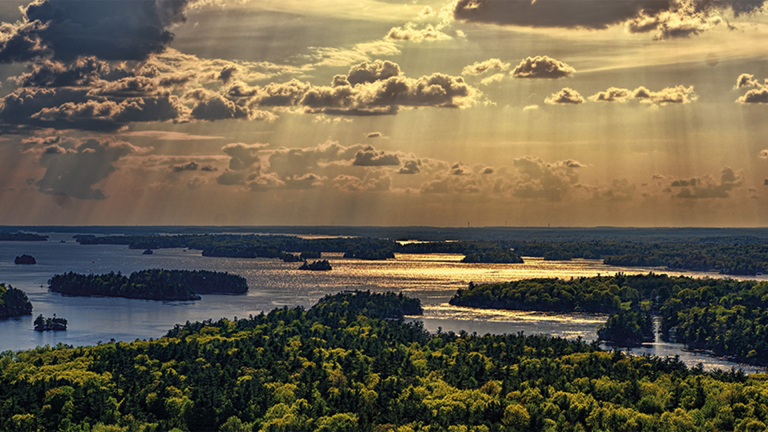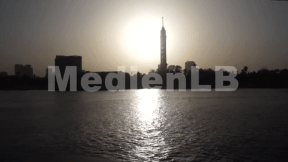Suche:
- # Artistry
- # Biology
- # Chemistry
- # Ecological
- # Economy
- # English
- # Foreign Language
- # Geography
- # German
- # Health
- # History
- # Informatik
- # Latin
- # Mathematics
- # Media Education
- # Music
- # Physics
- # Politics / Civics
- # Preschool
- # Primary School
- # Religion
- # Society
- # Sports
- # Technology
- # Training of Teachers
- # Vocational Education
The Holocaust Memorial
The film “A German Memorial – How to Commemorate Six Million Murdered Jews” gives an insight into the two concepts of this memorial – each deeply impressive in its very own way. This thirty-minute documentary takes the viewer on a virtual tour of the Field of Stelae and the Information Centre. You will be immersed in the intensive atmosphere of the rooms, experience the visitors’ reactions and receive background information on the development and conceptual design of the memorial from the initiator Lea Rosh, the historians involved and the exhibition designer Dagmar von Wilcken. For the sound recording of the film, an unusual concept was implemented: there is no off-camera commentary, instead original sounds and interviews form the acoustic “backbone” of the documentation. The visitors’ voices reflect the different opinions on and impressions of the memorial, the historians talk about the contents of the exhibition and describe their experiences. These direct comments create a feeling of closeness. They convey the emotions the memorial stirs up in all those who take a closer look at it.
Learn moreThe Honey Bee
Untiringly, the honey bees fly from flower to flower, constantly in search of pollen and sweet nectar. These busy workers live together in a complex social system an insight into which is provided by this film. In vivid pictures, it describes the life of the honey bee in the bee colony and deals with the inhabi- tants of the beehive and their strict division of labour. It shows the worker bees foraging for food and communicating with each other in their characteristic way. The second part of the film illustrates how a new bee colony is formed and describes the course of a bee‘s year from the new queen to the mating flight and the brood cells and finally to the expulsion of the drones in the „slaughter of the drones“. The DVD and the didactically arranged worksheets are per- fectly suited for the classroom both as an introduction to the topic and as a tool for the pupils when working individually or preparing projects.
Learn moreThe Ladybird
The seven-spotted ladybird was chosen insect of the year 2006. Besides the characteristics of this and other ladybird species, the film also shows the reproduction and develop- ment of various species and their geographic ranges. Fur- thermore, this DVD puts emphasis on the explanation of the ecological web of relationships the ladybird is part of. Here, the relation with humans also plays a role as people have always valued ladybirds because they kill aphids and are pretty to look at. Apart from the ladybird itself, several natural enemies such as insects and spiders are shown in impressive close-ups. The film is highly suitable for overcoming any prejudices the pupils might hold towards these groups of animals.The film is suitable for primary school lessons and secondary school biology studies, including the subject area of ecology in the 8th year of school.
Learn moreThe Limes
The limes – the northern borderline of the Roman Empire stretched from Britannia to the Black Sea.
Learn moreThe Making of a Children’s Book
Every year thousands of new books are published. You can get a notion of that vast number at the large book fairs in Frankfurt or Leipzig.
Learn moreThe Making of a Law
Laws determine the lives and interrelationships of people and ensure that both rights and duties are distributed in a just way in society.
Learn moreThe Meadow as a Biotope
This DVD offers an insight into the plants and animals typically found in the meadow biotope. In an easily comprehensible way, primary school pupils experience a small, exciting world where various kinds of animals and plants co-exist. The film aims at improving the children’s understanding of animals and at arousing their curiosity for plants and animals. The DVD covers the following aspects of the topic of “meadows”: Types of meadows (creation of a meadow, marshy meadows, dry meadows, wet meadows, fertilised meadows); plants of meadows (cowslips, buttercups, dandelions and many more); layers of the meadow and animal habitats (on plants, on and in the ground, etc.); interference with the diversity of species (effects of mowing and fertilising on the meadow); protection of the meadow (responsibility of humans for nature); use of meadow plants (in medicine, human diet).
Learn moreThe Otto Engine
This DVD offers an insight into the historical birth of the Otto engine and also describes its latest version – the hybrid engine. In addition, other engines of the future are covered. The life and achievements of Nikolaus August Otto are dis- cussed, with all his successes and failures, from his first en- gineering attempts when reconstructing the Lenoir engine to the presentation of the “atmospheric gas engine” on the Paris World Fair through to his cooperation with Gottlieb Daimler and Wilhelm Maybach. The mode of operation of the Otto engine is explained to the pupils in detail, also with the help of a variety of animations and diagrams. The DVD goes into the four strokes of intake, compression, power and exhaust as well as the Otto engine as energy converter. Crude oil is one of our most important sources of energy. Besides outlining the evolution and processing of crude oil into fuel, this DVD puts emphasis on the increasing shortage of global crude oil resources. Alternative propulsion sources like hybrid engines as well as hydrogen-fuelled or gas-fuelled vehicles offer an environmental-friendly vision for the automobile’s future in times of global climate change.
Learn moreThe Potato
The potato is one of the most important food staples of the world. Together with rice, maize, wheat, barley, soy and sugar cane it is one of the seven most important foods on earth. Originally it came from the Andes in South America. The Spaniards brought it to Europe and then to all other continents. It is cultivated in 130 countries on earth. Cultivation has already resulted in many different varieties. Some are waxy, others turn floury when cooked and are especially suited for soups or mash. In Germany, more than a hundred varieties with different qualities and flavours are on the market. Very specific varieties for any purpose are being cultivated. It takes about ten years to develop a new variety and to have it licensed for cultivation. The potato is the most frequent cultivated crop plant and also our staple food. Together with the extensive additional material the DVD is ideally suited for use in the classroom.
Learn moreThe Rhine – a Natural Area
At 1,230 km the Rhine is the second longest river in Western Europe. From its source in the canton of Graubünden in the Swiss Alps, it travels through Austria, Germany and empties into the North Sea in the Netherlands. The most important tributaries of the Rhine are the rivers Meuse, Main, Moselle and Neckar. The Rhine is one of the busiest and most important waterways in the world.
Learn moreThe River as a Lifeline
From source to mouth our rivers are constantly on the move. They count among the most dynamic biospheres on Earth and are vital connections for numerous plants and animals between otherwise separate habitats. For thousands of years, humans all over the world have tended to settle along rivers. Due to their advantageous situation at a river, many large cities developed, for instance Cairo, the largest metropolis in Africa.
Learn more



